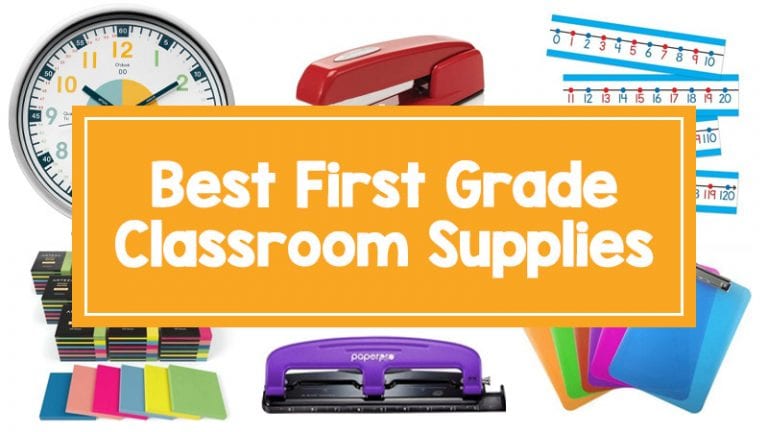Changing grade levels can be scary and stressful, for sure. On the flip side, it can be invigorating and exciting. Maybe you’re making the move because you’re ready for a new challenge, maybe you want to round out your resume, or maybe it’s not your choice at all. Whatever the reason, remember that moving out of your comfort zone often results in valuable learning experiences and can make you a better teacher.
Teacher Angela Watson, of The Cornerstone for Teachers, admits she panicked at first when she moved from pre-K to third grade. But then, she says, “I realized that good teaching is good teaching and started falling into a rhythm with the kids. You’ll be amazed at how quickly you adapt your teaching style and learn what works with your new grade level. Really!”
Changing grade levels with a positive attitude and a willingness to embrace new ideas will set you up for success. Here are a few tips to help you make a smooth transition.
Reach out to your network.
Contact any friends, former classmates, or mentor teachers who are currently teaching your new grade level to get the inside scoop. If your contact list comes up short, dig into social media. Find grade-level blogs, Facebook pages, Instagram accounts, and websites that are focused on that age group. Gather as much insight into what it takes to teach your particular grade as you can.
If possible, observe.
If you have a few weeks or more, schedule an observation, preferably in the school where you’ll be teaching, to watch a teacher in action. Take notes on the content and the methods you see that are effective. Observe the children closely to gauge their energy levels, attention spans, and capabilities and how they respond to different types of activities. For instance, kindergartners love to gather on the rug, but fifth graders? Not so much. Sixth graders handle technology very independently. First graders need a lot of help.
[contextly_auto_sidebar]
Bone up on developmental appropriateness.
There are huge differences between a five-year-old and an eleven-year-old. Read up on the needs and abilities of your new age group. For most people, knowing that something is developmentally appropriate makes it easier to deal with.
Get a general overview of the academic expectations.
Dig into your state and school district standards to get a grasp on grade level expectations. Although many standards are written in pretty general language, they give you a broad overview of the scope and sequence of each grade level.
Then look closely at specific resources.
If your district uses a particular curriculum, for instance a particular reading program or math curriculum, see if you can get your hands on a copy. You won’t be able to tackle the whole thing, of course (that takes years!), but you can get a general overview of concepts and difficulty level. Pinterest and resource-sharing, sites like Teachers Pay Teachers, are great for checking out popular grade level activities. Ask if your new team uses a curriculum map and see if you can get a copy.
Reach out to new team members.
Introduce yourself to your new team as early as possible. If there is time, ask them for a tour and work session to help you get up to speed with the team’s philosophy and style. Most teachers are happy to share their most valuable tips with new team members. After all, having a cohesive team makes school easier for everyone—students and teachers alike.
Realize that many aspects of teaching are universal.
All kids, from pre-K through high school, want to be engaged in meaningful work. They need guidance, structure, and feedback. They thrive when they feel connected to the classroom community. And they notice when their teacher makes an investment in building a strong relationship with them.
Tap into your strengths.
More than likely your previous experience has provided you with many useful skills. If you’ve taught first grade reading with students all over the competency map, you’re probably pretty skilled at differentiating instruction. If you’ve taught older grades and are moving down, you have a firsthand view of where students will eventually be heading. When you know that students in third grade will be working on multiplication and division, you can focus on giving your kindergarteners a solid foundation in addition and subtraction.
Go easy on yourself.
Change is hard for everyone. Do yourself a favor and have realistic expectations. Yes, invest in as much preparation as you can and formulate a basic game plan. But don’t feel bad if you feel a bit unsettled and not quite in control at first. Just take it one day at a time. Feel it out as you go and tweak it as you gain confidence. Most importantly, have faith in your abilities and maintain a positive attitude. Whether the move turns out to be the best thing ever or your worst nightmare, it will provide you with valuable teaching experience.
Changing grade levels and want advice from other teachers? Get tips and ideas in our WeAreTeachers HELPLINE group on Facebook.
And for some firsthand advice from teachers who’ve switched grade levels, check out Should I Change to Another Grade Level?


